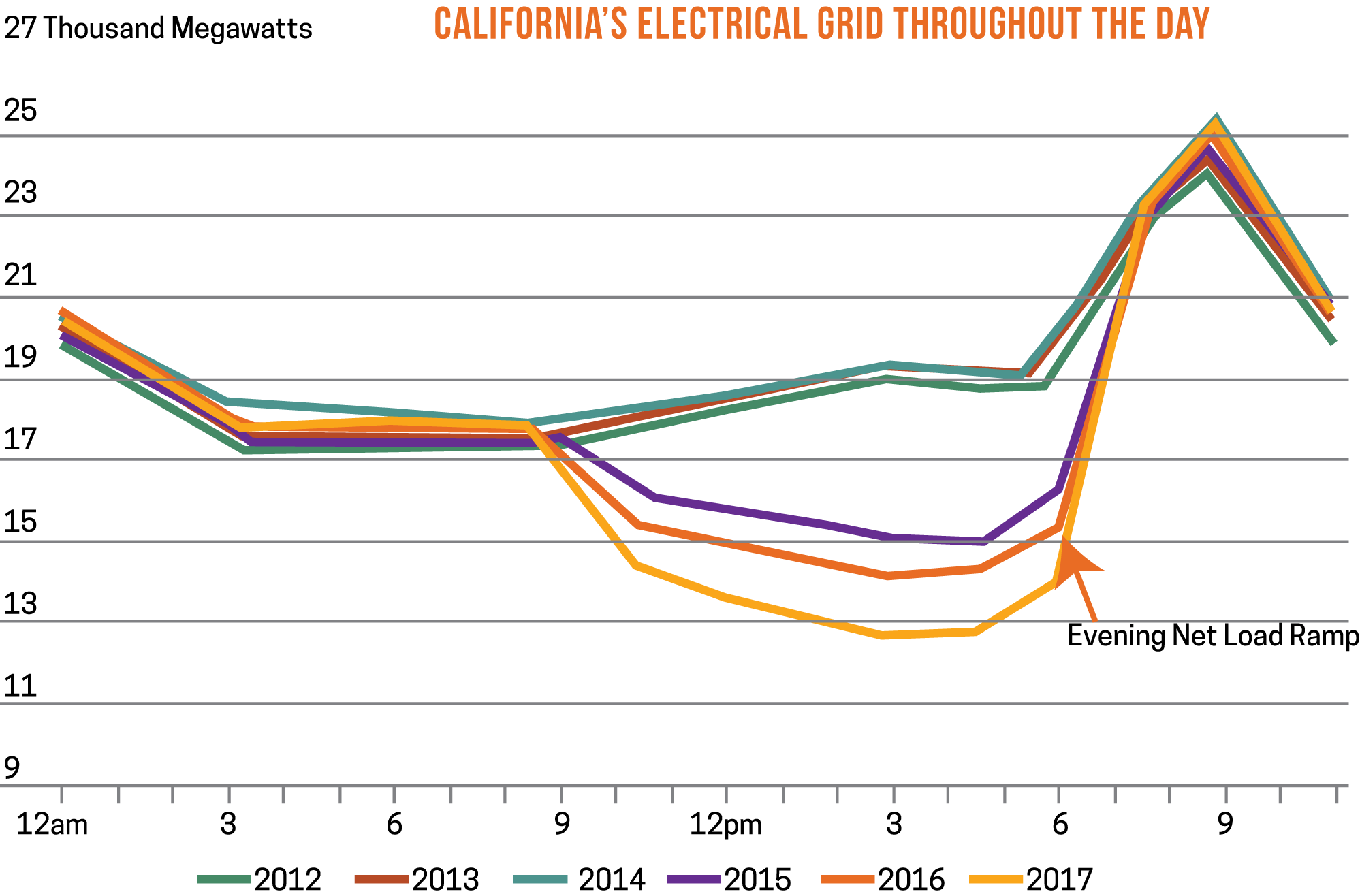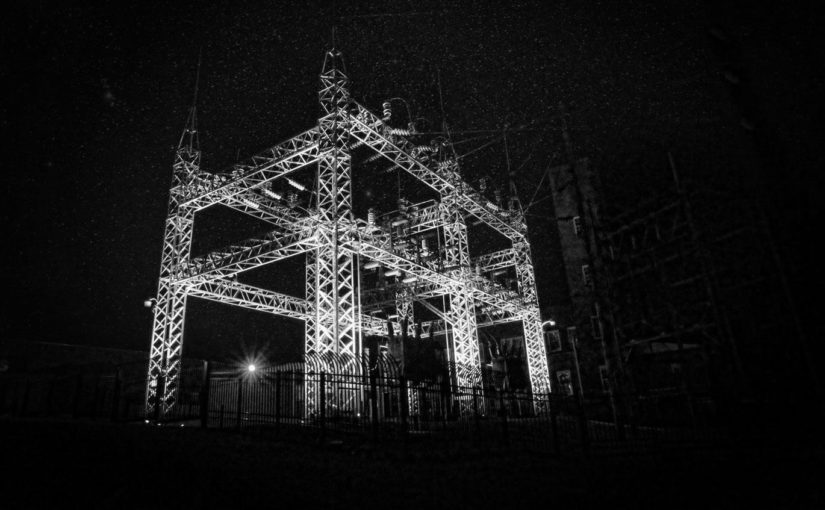Buildings Evolve. Your Building Management System Should, too.
In 1992, I co-authored a chapter for the second edition of the Energy Management Handbook titled “Energy Management Control Systems.” In it I described, among other ideas and practices, the importance of software to facilitate the ongoing success of an efficient energy management control system (EMCS).
We’ve seen a host of innovation in the energy industry during the 25 years since I originally published this chapter, but the principles I introduced remain sound.
Today the combination of automated building controls and up-to-date software can lead to an organization earning significant revenue through demand response participation. The key to optimizing demand response and maximizing your earnings comes down to maintaining your building management system so it can become an efficient tool for demand response.
Building usage and programming logic should evolve in lockstep.
Commercial building usage and environments continuously change throughout their lifetime. Activities, processes, schedules, space configuration and populations vary from time to time. When Building Management Systems (BMS) are first installed, the software programing logic (i.e. control sequencing, set points, etc.) is configured for building usage at that time.
It is essential that programming logic be kept current with any changes in a building’s use and environment. Failure to do so can result in control sequences and set points being over ridden, which negates the benefits envisioned by the intended energy management strategies.
Certain components of a building management system require regular maintenance.
Occupancy schedules need to be managed on a day-to-day basis at buildings that have sporadic after-hours occupancy, i.e. schedule a specific zone to be occupied for specific hours on a specific day. HVAC control sequences, set points, and zonal environmental control need to be periodically adjusted to adapt to changing usage and conditions.
Crucial components are often overlooked.
BMS maintenance agreements are a discretionary cost. These agreements typically focus on system hardware, which is perceived to be more impactful on the budget than software maintenance.
However, inefficient energy management can have a significantly greater impact on the budget. Vendors provide training for in-house staff on minimal software maintenance, such as—for example—changing set points and scheduling after-hours events, during initial installation.
This maintenance feature disappears when trained staff move on; however, changes to control sequencing require the use of vendor software engineers which require additional expenditures. Building staff are alert to hardware maintenance needs but tend not to recognize when software maintenance is needed.
A well-maintained building management system is advantageous for optimized demand response.
Demand response can be implemented with minimal disruption to building environmental conditions and usage when BMS programming logic is maintained current, whereas building conditions and usage in a building with a poorly maintained system can become uncomfortable causing disruption to building activity when responding to demand response events.
Demand response payments provide a source of funding for incorporating demand response sequencing and software maintenance in the BMS vendor’s ongoing maintenance agreement. CPower can advise on demand response control logic specific to each ISO.
Maintaining BMS software current not only ensures energy savings intended when the system was first installed but also provides a solid platform to reap substantial energy cost offsets afforded by participating in demand response. CPower can work with building managers to optimize the financial benefits that can accrue from participating in demand response by interfacing with the BMS to automate demand response event action and enhance performance with minimal impact on building environment.
Contact us and to find out if your building’s BMS is in need of an update, or to learn how you can earn revenue with demand response optimized through optimization.
What the Worst Gas Leak in US History Means for Demand Response in California this Summer
Demand response participants will play an essential role in keeping Southern California’s energy grid stable this summer. Here are a few reasons why and a few insights on how DR customers can position themselves for a successful season.
The leak at Aliso Canyon has consequences for energy supply in California.
In October 2015, Aliso Canyon— the largest natural gas storage facility in California—suffered a leak in the LA Basin/Porter Ranch area, resulting in the emission of more than 97,000 metric tons of methane. To put the tonnage in perspective, the leak produced enough methane gas each day to fill a balloon the size of the Rose Bowl. The leak was plugged after 112 days.
The fallout has proven costly for the natural gas infrastructure in Southern California. According to the “Aliso Canyon Risk Assessment Technical Report,” the leak reduced Aliso Canyon’s gas stores to less than 20% of its capacity.
Low capacity means high risk for blackouts this summer.
The drop in capacity could cause trouble for the 17 natural gas generators served by the Aliso Canyon facility if (and when) electric demand is high this summer. The Assessment Report also warns that millions of California customers may suffer an interruption in electrical service during as many as 14 days this summer when demand is expected to be at its highest.
The grid will be at its most fragile in the evenings when the sun sets, causing a drop in available solar resources. The drop in solar coincides with a spike in demand as people come home from work and flip on their air conditioning.

Demand Response will help grid reliability.
The joint agencies that produced Aliso Canyon Assessment Report have also drafted an Aliso Canyon Action Plan that calls for, among other mitigation strategies, demand response to help keep the grid stable in the LA Basin this summer.
California’s Base Interruptible Programs (BIP), in which participants provide load reduction on a day-of basis in Southern California Edison’s (SCE) and Pacific Gas and Electric’s (PG&E) service territory, allows for fast dispatching of emergency resources and is therefore expected to be heavily utilized to alleviate grid stress in Southern California this summer

How energy prices may trigger key curtailment programs:
Summer electricity prices may climb high enough to trigger SCE’s Aggregator Managed Portfolio (AMP) program, as well as statewide Demand Response Auction Mechanism (DRAM) programs, which aim to offset grid stress and avoid potential blackouts by reducing load via demand response.
Due to the high amounts of solar and other renewable generation available in California during the call hours of these programs, overall energy prices are not as tightly correlated with natural gas as they can be in other states.
The gas shortage caused by the leak at Aliso Canyon will drive heat rate levels in the LA Basin. This will cause natural gas heat rate triggered programs like CAISO’s Capacity Bidding Program (CBP) in PG&E to have a potentially higher instance of calls this summer.
Preparation is the key to successful demand response.
This summer, more so than in previous seasons, demand response will be a crucial component of grid reliability! When the grid sends out its distress notice, time will be of the essence to avoid blackouts. Make sure your curtailment plans are in place and your curtailment personnel are at the ready.
CPower can help answer any questions you may have to help you prepare for the summer season. Click HERE to contact our California team.
The City of Danville Finds Success with Demand Response and CPower
AMP Member passes ordinance, increases revenues through energy reduction
Hardworking businesses form the backbone of the City of Danville, Virginia. When it comes to overseeing the energy needed to run the city’s economic engine, Danville Utilities—the City of Danville’s electrical department—understands the need to maintain the balance between consumption and conservation.
“As a municipal utility, we are always encouraging our customers to find ways to save energy,” says Meagan Baker, Danville Utilities’ Key Accounts Manager. The City of Danville — an AMP member municipality — perpetually seeks ways that not only allow their customers to conserve energy, but also allow the utility to save on congestion and transmission charges during the most critical peak times of the year.
Enter demand response and, what the City of Danville calls, “a win-win situation for the utility and the customer.”
In early 2014, the City of Danville adopted a resolution authoring their participation in the PJM demand response program for retail customers. The resolution allowed Danville’s city manager to execute an agreement with American Municipal Power approving the city’s participation in PJM’s demand response programs, which pay businesses for reducing their energy use during the few times each year when the PJM grid is stressed.
The agreement also named CPower as the City of Danville’s exclusive PJM curtailment service provider in charge of implementing and facilitating the city’s demand response. Danville Utilities believes their customers couldn’t be in more capable hands.
“CPower has been a great source for implementing our demand response program. Bill Oosterom, our account manager, has been our go-to person from start to finish. From educating customers about the program, getting them enrolled and assisting with any questions and/or concerns they have along the way, the process has been very transparent and straightforward. This streamlined approach makes it easier for our customers as well.” – Meagan Baker Key Accounts Manager, City of Danville
The City of Danville Finds Success with Demand Response and CPower
CPower’s hands-on style of energy management includes the kind of customer-focused touch the business owners of Danville appreciate. CPower’s Bill Oosterom believes that being personally involved in his customers’ demand response participation is a key reason the City of Danville has enjoyed energy management success.
“No two businesses are alike,” says Mr. Oosterom, who has more than 33 years of experience as an energy consultant. “Demand response shouldn’t be a set-it-and-forget-it process. At CPower, we work closely with all our customers to fine tune their demand response participation over time and ensure they get the maximized results and revenue they deserve.”
So far, the results from the City of Danville’s demand response participation have proven to be substantial. Participating customers have earned significant revenue through demand response (more than $97,000 in aggregate for the 2015-2016 program years), with many businesses choosing to put their earnings toward energy efficient upgrades or other capital improvement projects.
Even the City of Danville, itself, has participated in demand response with great success. Facing a need to offset operational costs, the City of Danville enrolled its municipal-owned water and wastewater treatment plants in the program and have now earned valuable revenue (more than $30,000 for the 2015/2016 program) to help budgets of future projects. Civic leaders feel the City of Danville’s involvement in demand response provides a lead-by-example model of energy management. “We are always asking our customers to conserve,” says Meagan Baker, “so we must practice what we preach.”
For the City of Danville, the future looks bright as the number of businesses in their municipality participating in demand response is on the rise. With CPower and demand response on their side, the City of Danville is poised to do their part to keep the grid in balance, the environment in good health, and their hardworking customers in expert hands when it comes to energy management.
“The program has been very beneficial in educating our customer base on the importance of energy efficiency and demand response. As our customers continue to succeed, I believe the word will spread, positively influencing other customers to also become involved. We are excited to grow the program.” — Meagan Baker
AMP urges you to pass your local demand response ordinance as quickly as possible, to ensure that there is ample time for program participants to be registered for the 2017-2018 program year.





